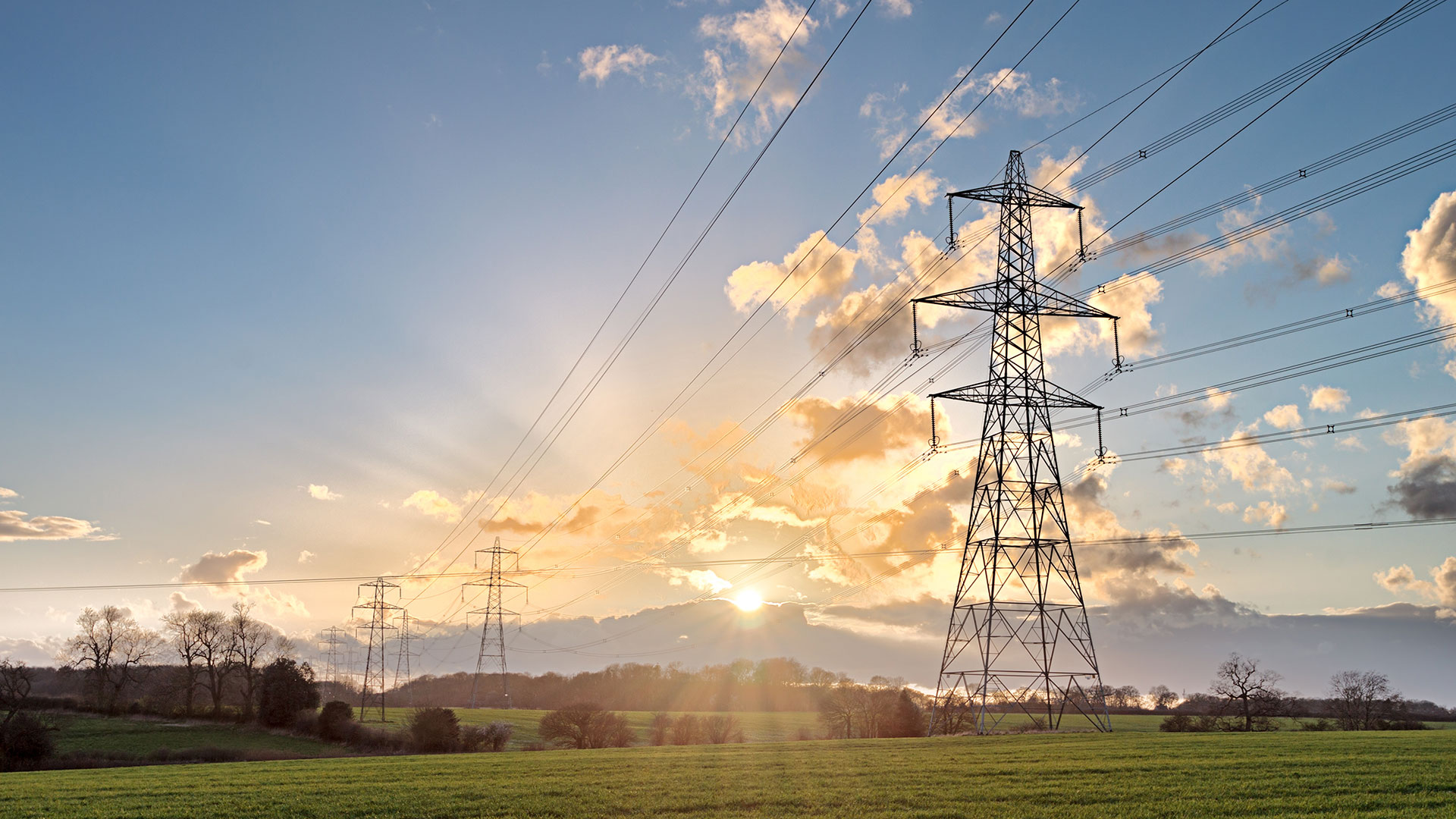In the pursuit of a more sustainable future, those of us involved in renewable energy have become pioneers of the green revolution. We build renewable energy projects, partner with environmentally progressive companies, and support renewable offtake in communities across the United States. However, despite these efforts, our near-term progress is threatened by the interconnection bottleneck.
The issue of interconnection—the process of connecting all projects to the grid—is the single biggest obstacle holding back the U.S. energy transition. Oversubscribed transmission lines, high transmissions system upgrade costs, and cumbersome interconnection processes have all impeded the growth of renewable energy over the last decade. This must change.
Together, we can usher in a new era and help craft solutions to reduce the interconnection bottleneck and improve our aging transmission infrastructure.
Growing demand for new renewable energy —and interconnection
At the federal level, the Inflation Reduction Act (IRA) and a multitude of state policies strive to position the U.S. at the forefront of clean energy innovation. According to American Clean Power's (ACP) 2022 Market Report, with the injection of federal funding and tax incentives (i.e., the 10-year Investment Tax Credit or ITC), renewable development is likely to more than triple over the next decade.
The massive investment in renewable energy has led to unprecedented growth in renewable development. This has also spiked demand for interconnection with more than 400 GW of capacity entering the queues of just four markets – PJM, MISO, ERCOT, and SPP. This flurry of applications is exacerbating the existing interconnection bottleneck and worsening issues with transmission infrastructure.
While federal incentives and commercial demand speak to the promise and importance of increasing renewable energy capacity, the capacity of existing lines falls short of meeting demand, and ideal locations for renewable generation often lack proper transmission infrastructure. We need independent system operators (ISOs, who manage the grid) to be proactive and work with the energy sector and the federal government to pick up the pace to upgrade our aging infrastructure.
ISO Response to Aging Infrastructure and Long Interconnection Queues
U.S. grid operators have all taken different approaches to managing interconnection. It’s a delicate task of balancing speed, risk, and cost: while ERCOT uses a “connect and manage” approach, other grid operators take an “invest and connect” approach. However, the failure to marry these approaches has meant no operator has landed on the optimal approach for managing interconnection—or the risk-prone request process for interconnection studies.
Many ISOs use the cluster-study approach. During a time period known as an “open window,” all generators—including several renewable energy generators—put in a request for an interconnection study as a cluster, adding their request to an extensive queue. All projects within a cluster have equal standing and ISOs have dedicated phases during which they carry out a series of interconnection studies and system impact studies. These studies help them determine the final set of systems upgrades and costs for all projects within the cluster that are necessary to reliably interconnect to the grid.
But ISOs are lagging in analyzing these clusters. The process can take anywhere between three to five years (Southwest Power Pool is currently evaluating projects that entered their interconnection queue in 2018) and during this time most projects may be withdrawn, usually due to cost implications. For context, only 21% of projects that were in the queue between 2000-2017 reached commercial operations by 2022.[1]
The process is painful for everyone. Lengthy wait times in interconnection queues lead to later-stage withdrawals that are costly and may trigger a restudy for the cluster. The enormous burden on utility companies and ISOs has also led to suggestions that the entire interconnection process be paused in some jurisdictions like PJM. As a result, only a fraction of the proposed capacity will come online. Although renewable industry remains hopeful after PJM’s new interconnection reform has now officially kicked off based on “First Ready – First Served” principle, it’s going to take several years before they can clear all the backlog.
Collaboration and innovation is necessary to break the interconnection bottleneck
Those of us in the renewable energy space have always been pioneering collaborators and innovators. We have an opportunity—even a responsibility—to leverage our partnerships and innovative thinking to tackle this challenge. By embracing our role as builders and innovators we can offer interconnection solutions, contributing to the overall improvement of the transmission grid.
Renewable developers can collaborate to advance new solutions and develop new policy ideas. Sol Systems has partnered with stakeholders like Working for Advanced Transmission Technologies (WATT) to reimagine the near-term solution to allow for the longer-term transmission system interconnection overhaul.
Instead of relying on the construction of new transmission infrastructure to be built (which takes several years), we can develop and leverage technology and innovation to optimize the existing system as an interim solution. It is critical that we include the benefits of technological advancement in energy storage as we craft future interconnection and system upgrades policy. Storage can serve as an energy generator—one that can be both a shock absorber and an energy producer. This will help bridge the gap when building new transmission lines may be unrealistic in the near-term.
Finally, federal support can alleviate funding debates between states and enable the delivery of renewable energy to under-served communities and communities disproportionally impacted by climate change.
In conclusion, the issue of interconnection has posed significant challenges to the growth of renewable energy, hindering progress and thwarting necessary transmission system upgrades. To break the cycle, we need more proactive and collaborative action from ISOs and non-ISO utilities to be able to make the necessary grid upgrades and to create innovative solutions that will not only enable the rapid expansion of renewable energy across the U.S. but will bring American clean energy to the communities that need it the most.
[1] Lawrence Berkeley National Laboratory: https://emp.lbl.gov/sites/default/files/queued_up_2022_04-06-2023.pdf



